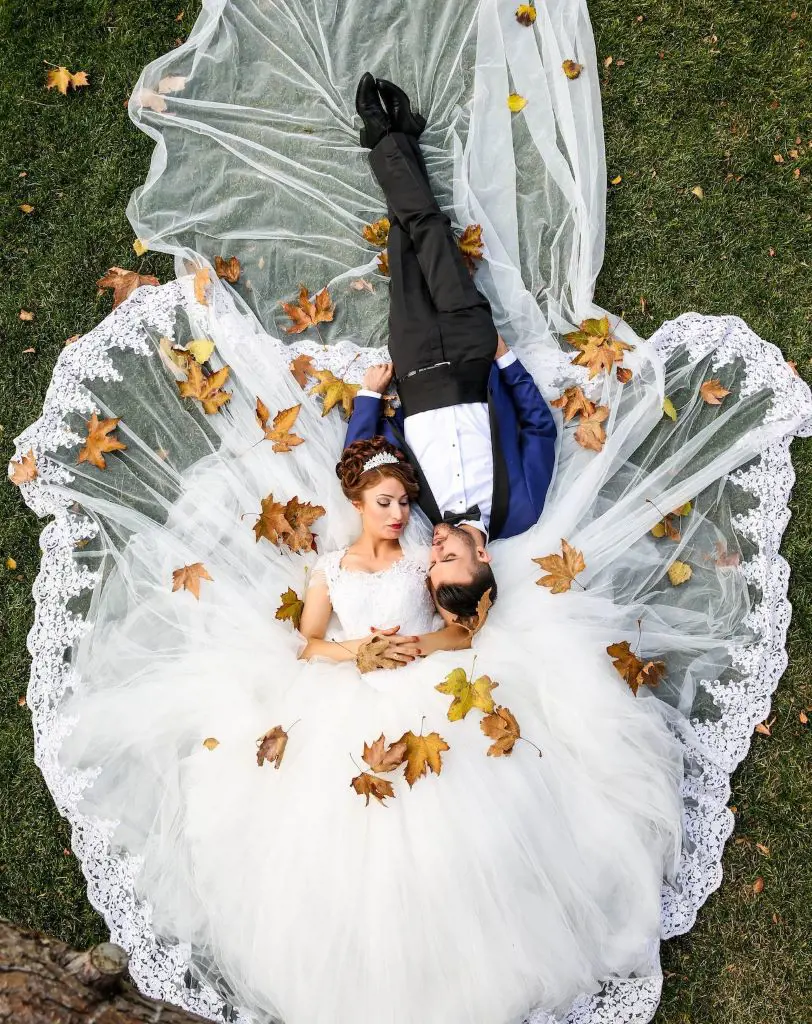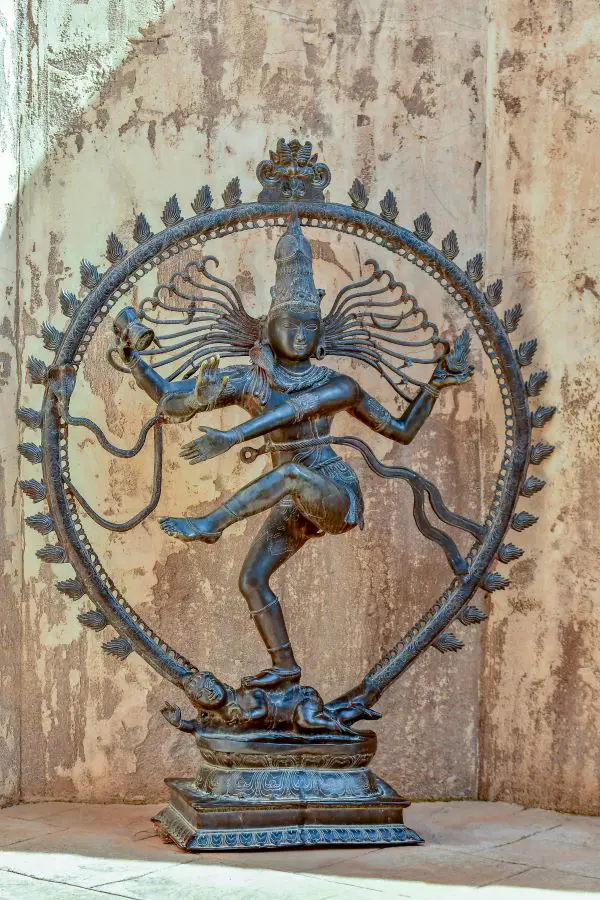First Cousin Once Removed Meaning In Relationship
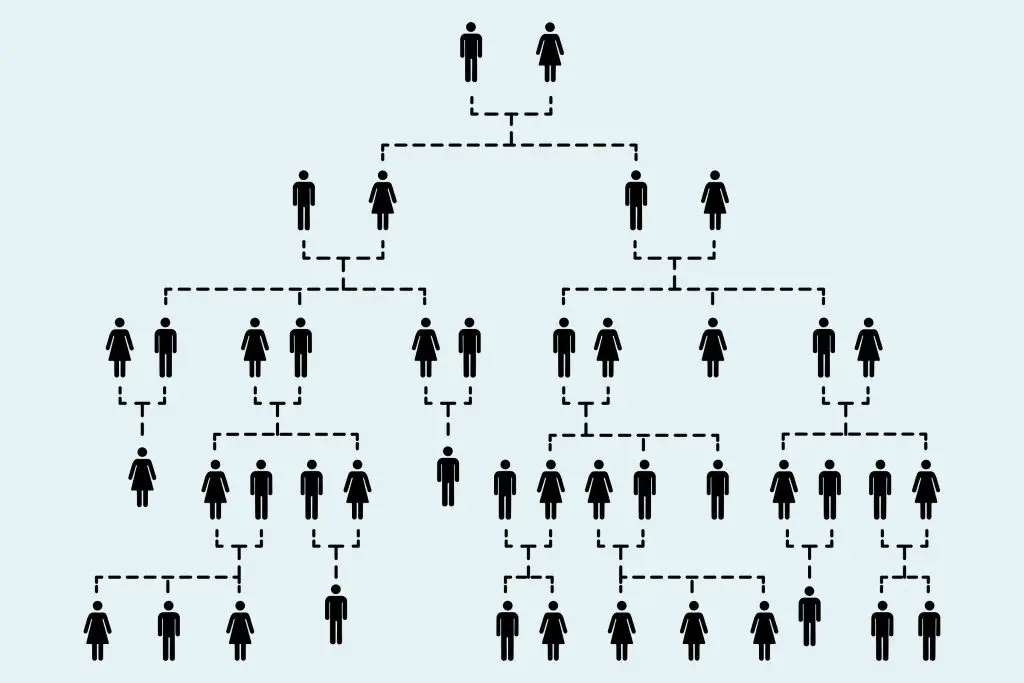
First cousin once removed meaning in family refers to the relation between you and your first cousin's child. Once removed means separated by one generation.
Family is an important part of human society and has been so for thousands of years. During Medieval times, the strength of a family was measured by how many members were present in it.
While a family is no longer a symbol of power, its importance has not been vanquished in modern times. People still frequently have regular gatherings with individuals who share the same ancestors. This has helped cousins and other relatives bond with each other.
Cousins are relatives who have a common ancestor at least two generations away.
First cousins are relatives who have the same grandparents but different parents. They are the children of your uncles and aunts, who are also siblings to your parents.
Similarly, a second cousin is someone who has the same great-grandparents as you.
So, what do you call the child of your first cousin or the parents of your second cousin?
Usually, the children of your first cousins are described as your nieces and nephews, whereas the parents of your second cousins are called uncles and aunts.
However, Genealogy, the study of families, family history, and lineage, describes the relationships as something completely different.
First Cousin Once Removed Are Separated By A Generation
First cousin once removed meaning is the relationship you have with the child of your cousin. The term suggests that you are still cousins but separated by a generation.
In normal families, the first cousin once removed is rarely used to describe a relationship.
Instead, people generally refer to the children of their first cousins as nieces and nephews. And, in return, they will address you as an uncle or aunt.
Similarly, the term can also be used to describe the relationship you have with the parents of your second cousin. Usually, they are referred to as your uncles and aunts, while you'd be their niece or nephew.
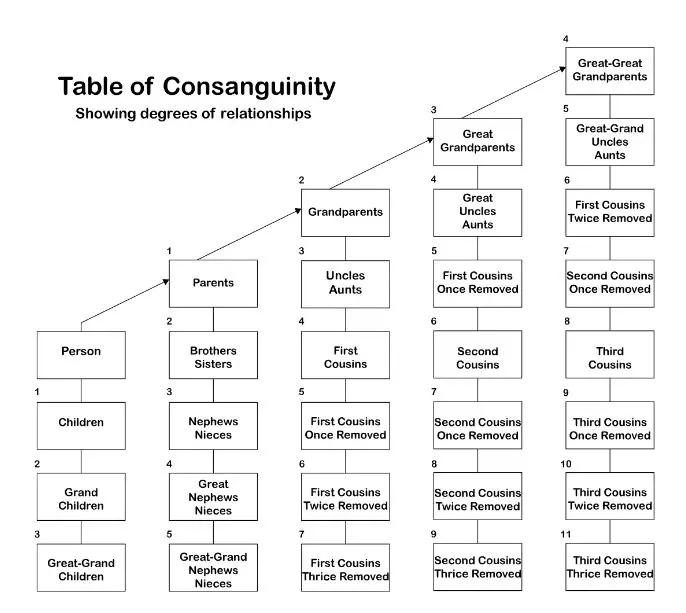
First Cousin Once Removed Vs Second Cousin
The first cousin once removed relationship is not the same as the second cousin. The term "once removed" implies being separated by a generation.
First cousin once removed is a term that refers to the child of your first cousin, whereas second cousin refers to a relative with the same great-grandparents.
Similarly, the first cousin once removed also includes the parents of your second cousins. It might be a little confusing at first, but if you were to properly analyze it, you'll find sound logic behind it.
The parents of your second cousins are the first cousins of your parents. And, the child of your first cousin is the first cousin once removed. So, in a way, you're their first cousin once removed.
Here, are a few important relationships you may not be aware of the titles.
- Your second cousins' children are your second cousins once removed.
- Your second cousins' grandchildren are your second cousins twice removed, and so on.
- Your third cousins' children are your third cousins' once removed.
- Your third cousins' grandchildren are your third cousins' twice removed, and so on.
- Your third cousins' parents are your second cousins once removed. Similarly, your third cousins' grandparents are your first cousins twice removed.
First Cousin Twice Removed Meaning
First cousin twice removed implies that there is a difference of two generations between cousins.
This term is used to refer to the grandchild of a first cousin. Similarly, it is also used to identify the grandparents of your third cousins.
As you may have noticed by now, your parents are the first cousins once removed from the grandparents of your third cousin. So, you have the same relationship with them as the grandchildren of your first cousins have with you.
Scientists believe that first cousins once removed have between 220 to 638 centimorgans of common DNA. Similarly, first cousins twice removed share about 107 to 426 centimorgans. Centimorgan is a unit for measuring the genetic recombination frequency.
Are Second Cousins Blood Related?
Yes, second cousins are blood-related because they share a common ancestor. They have a common great-grandparent.
As per research, second cousins share around 2% to 6% of DNA between them with average DNA shared at about 3.13%. This number goes further down between second cousins once removed who only have about 1.5% of similar DNA.
Similarly, the DNA match between first cousins is about 12.5% on average, whereas the average DNA shared between first cousins once removed is about 6.25%.
In most cultures, second cousins are considered family members and not distant relatives. Despite the close relationship and genetics, marriage between second cousins is legal in the US and many other parts of the world.
On the other hand, marriage between first cousins is illegal in 24 US states. Meanwhile, 19 states have not prohibited marriage between first cousins, while seven states allow some marriages between them. Likewise, marriage between the first cousins, once removed, is banned in six US states.
Relationship With Children Of Cousins
Your relationship with the children of your cousins will depend on whether they are your first, second, third, or fourth cousins.
As you share different titles with your cousins depending on who your common ancestor is, your relationship with the children of each cousin is also different.
What Is My Cousin's Daughter To Me?
Your cousin's daughter is technically still a cousin but once removed. The child of your first cousin is your first cousin once removed.
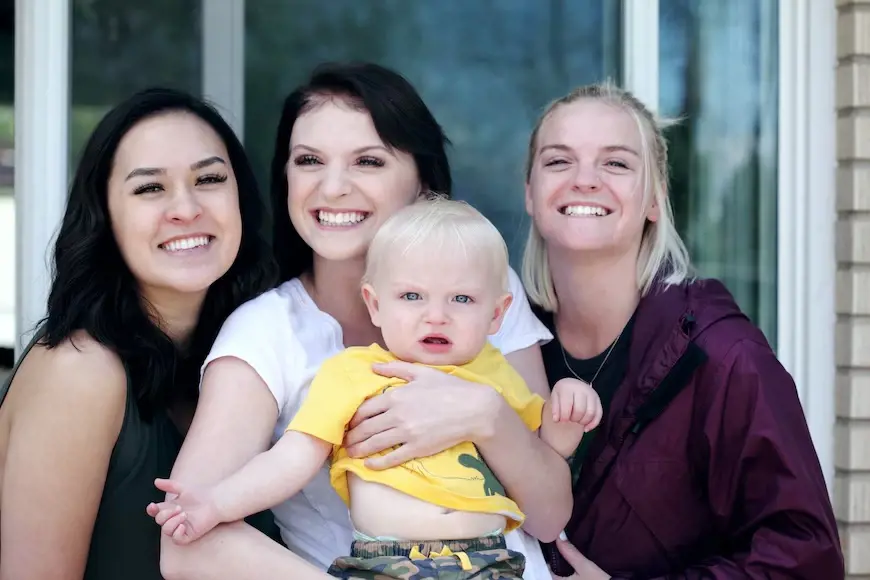
You can call her niece in casual terms.
Likewise, the daughter of your second cousin is a second cousin twice removed. The child of a third cousin is a third cousin once removed, and so on.
What Is My Cousin's Daughter to My Child?
My cousin's daughter is also a cousin to my child. However, the degree of relationship is different.
For example, the daughter of my first cousin is the second cousin to my child as they have the same great-grandparents.
Similarly, my second cousin's daughter is my child's third cousin as they have the same great-great-grandparents, and so on.
Is My Cousin's Son My Nephew?
The genealogic term to describe a cousin's son is cousin once removed. However, many families practice the tradition of using the term nephew to address a cousin's child.
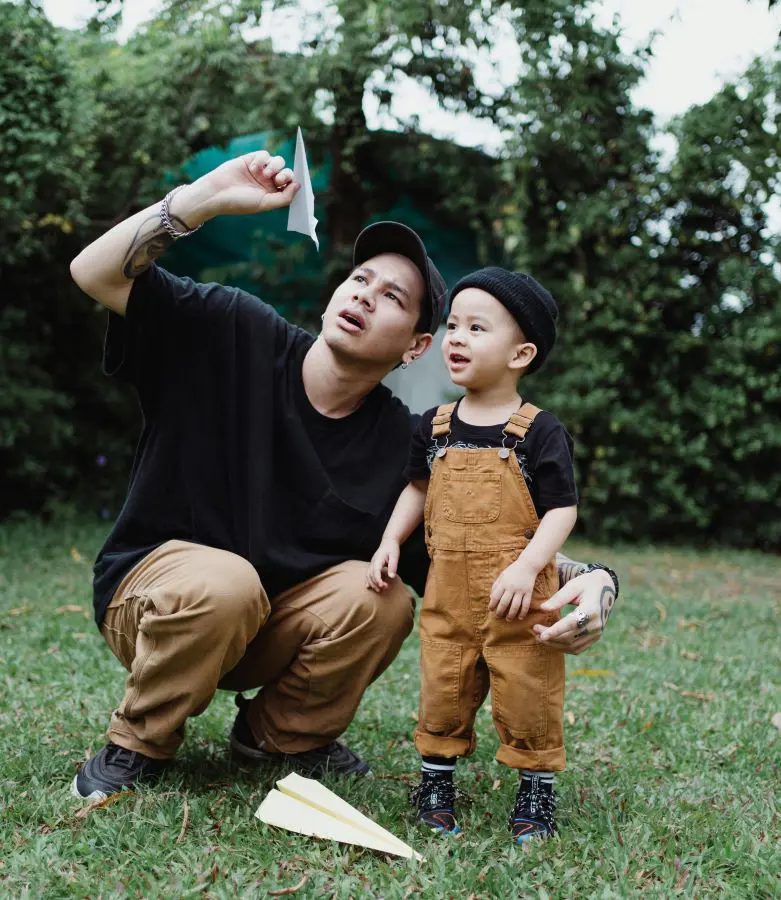
In fact, most families are not aware of the meaning of the "once removed" terms used to represent different relatives. Further, the lack of inverse titles to mention family members further confuses normal people.
Normally, people refer to the parents of their second cousins as uncles or aunts, who, in return, would refer to them as their nephews or nieces. But, in genealogy, you and your second cousin's parents are first cousins once removed from each other.
While using genealogic terms is completely fine in studies and research, it is not practical for normal families to use. Similarly, words like once removed or twice removed appear distant when compared to the use of affectionate titles like uncle, aunt, niece, or nephew.
There are specific titles in different European and Asian cultures that can be used to address distant relatives or family members. However, the specific term to address the cousins once removed doesn't technically exist in the English language. And, neither the US government has adopted a specific word to refer to them.
Moreover, netizens have pointed out that using "first cousin once removed" or "second cousin once removed" in casual settings like birthday cards or gifts would simply sound weird and unnatural.
You can try doing it next time you send a card to the child of your first cousin or second cousin and record their reaction.
